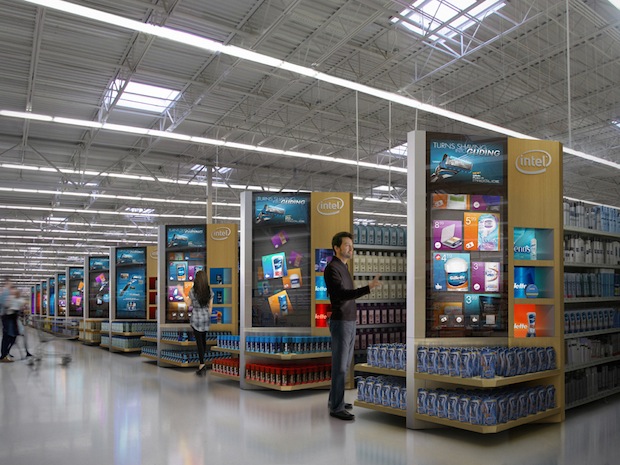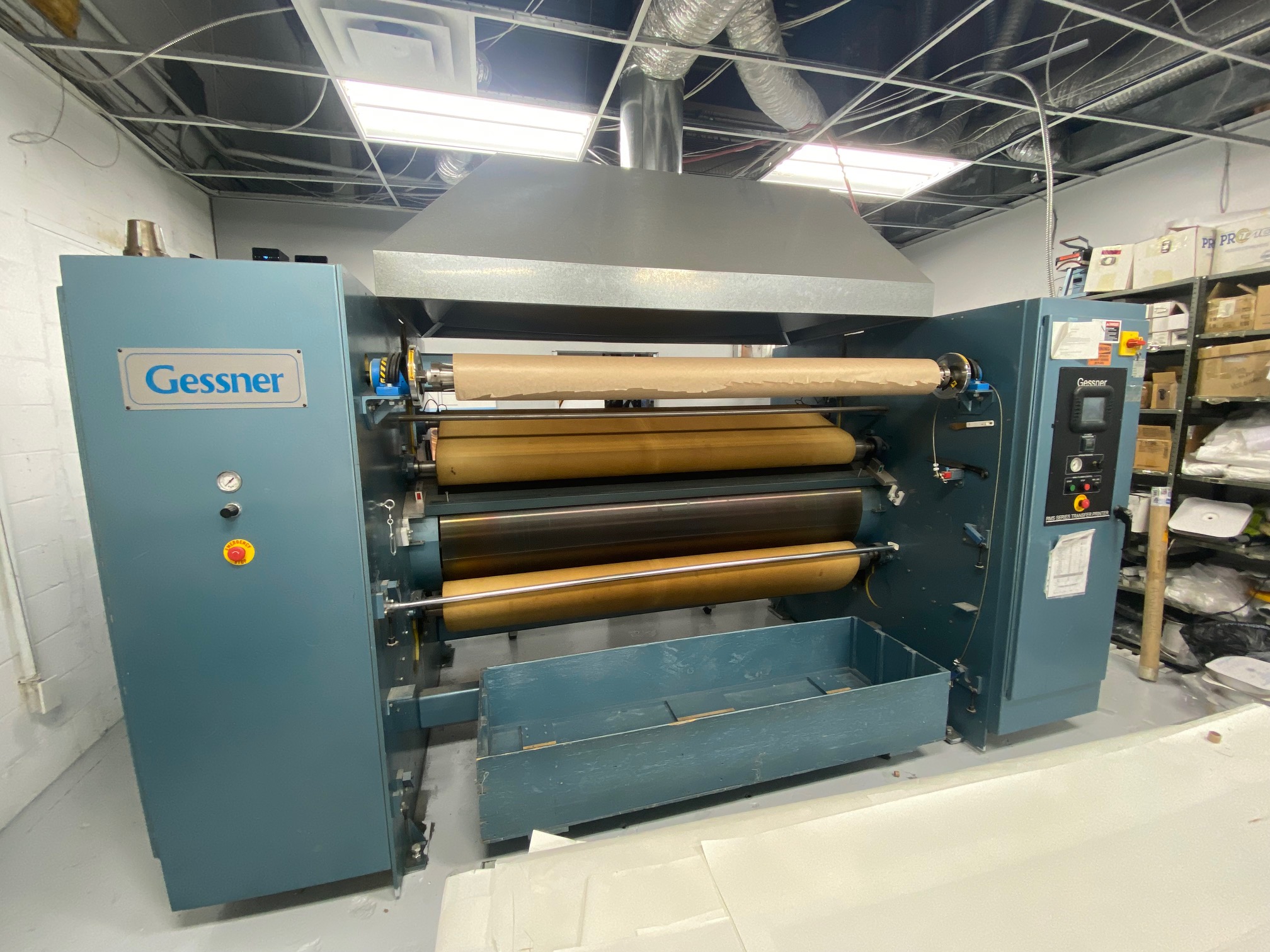Retail digital signage gets ‘shelved’

Even while large-screen digital signage becomes ever more prevalent in retail environments, new opportunities are emerging for smaller-format screens along store shelves, where many shoppers actually make their buying decisions.
When done well, shelf-level merchandising—encompassing a mix of product positioning, displays, pricing and promotions—can appeal to shoppers by putting them at ease and encouraging them to linger. A 2012 study by Capgemini—an information technology (IT) service provider and consultancy—found strong interest among shoppers, especially women, in visual in-store aids that can help them make purchasing decisions. Mimicking elements from the online experience of e-commerce, these aids may include videos, product comparisons, three-dimensional (3-D) images and other promotional visuals.
Metro Group’s Real stores in Europe, for example, have implemented shelf-level digital signs that capture shoppers’ attention by playing ads and animation. Complemented by end-cap displays, these electronic shelf labels are supported by a content management system (CMS) that connects to back-office processors.
Beyond raising awareness of new items, the signs have also proven effective at moving products as they near their sell-by dates. Meanwhile, with the addition of an optical sensor, anonymous viewer analytics are used to measure dwell times and estimate customer demographics, so as to better target promotions in the future.
In pilot projects elsewhere, end-cap screens display a variety of products that can be found on adjacent shelves. Customers can interact with these screens via gestures to look up specific aisle locations, product demonstrations and reviews and related merchandise. Some deployments integrate with smart-phone apps, allowing customers to receive digital coupons and even build shopping lists.
Existing and newly gathered information about customers’ buying patterns can be tapped into as a resource to help increase sales and maximize profit margins. Sophisticated digital signage systems continue to be developed to serve these multiple purposes, including tracking product demand in real time and automatically adjusting prices.
For all of these reasons, store shelves are a prime target for new digital signage applications, where they can increase customer engagement and make brands more relevant.
With files from Intel. For more information, visit www.intel.com/retailsolutions.


